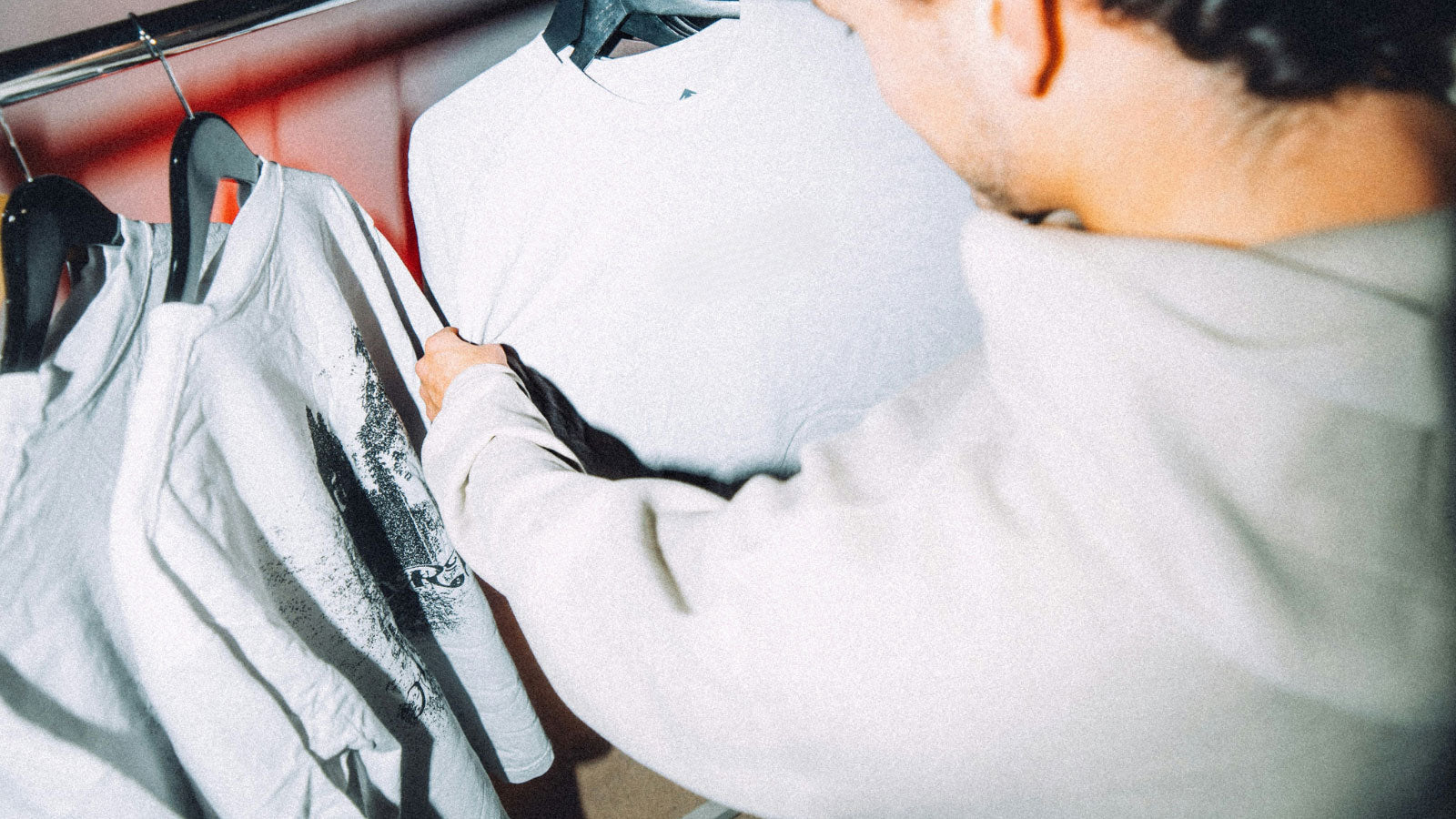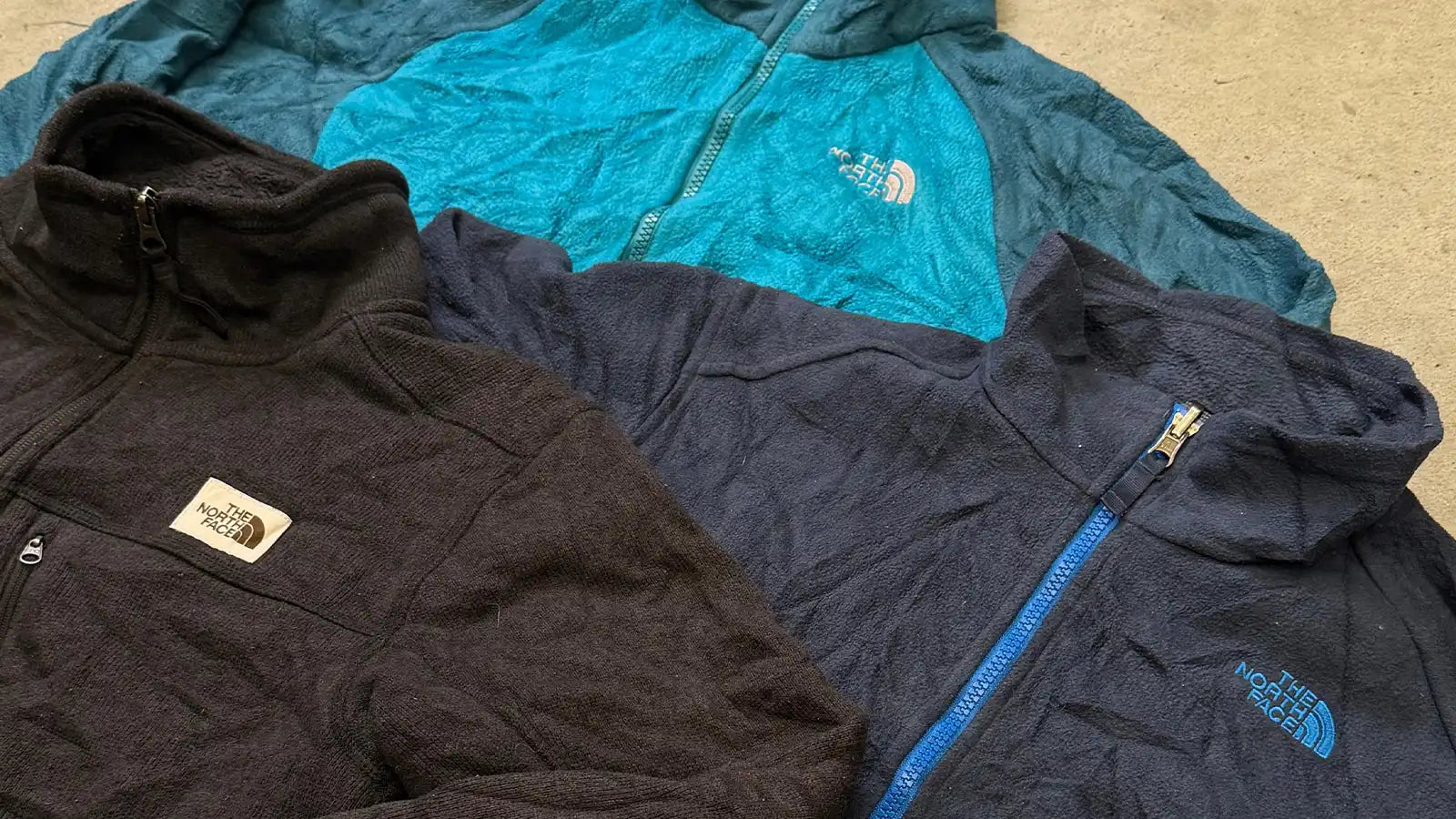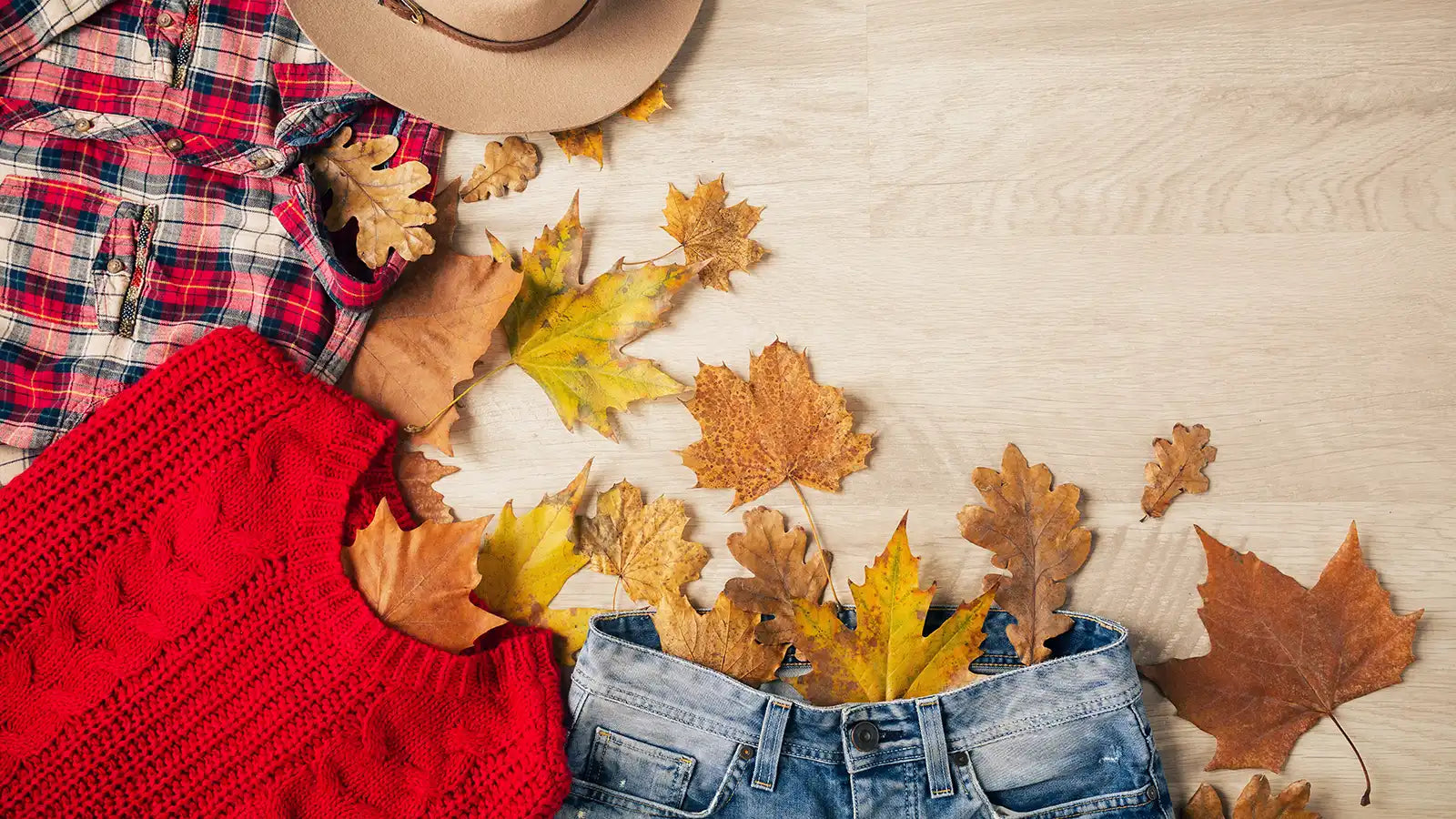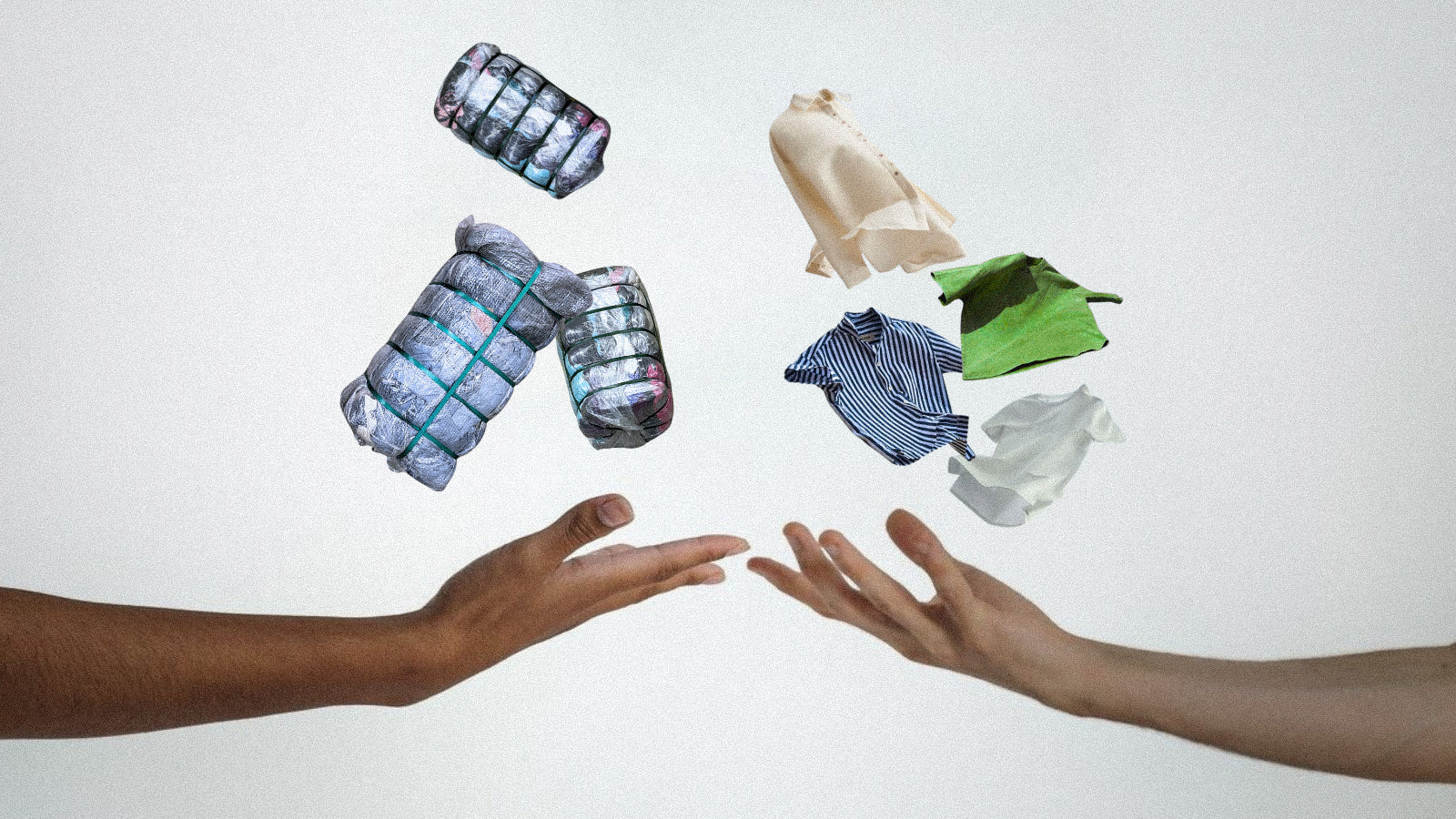A story behind every piece
Imagine this: You've just received your first batch of vintage clothing. Excitement is at its peak, and you dive into the selection, searching for the gems that will delight your customers. But soon, a question arises: are all the clothes of the same quality?
In the world of vintage, every piece has a unique history. Some are nearly new, others show signs of wear, and a few have been through a few rough patches. To help you understand this, clothing is categorized into different grades. Understanding these classifications is essential for smart shopping and maximizing your profitability.
Second-hand quality grades
Grade A: Top of the range
Grade A includes pieces in excellent condition. They are clean, free of major defects, and ready for immediate resale. These are the closest-to-new items, sometimes even with original tags. This grade is ideal for premium vintage shops or retailers looking for pieces in perfect condition.
💡 But be careful! Even in a Grade A lot, slight variability is to be expected. An item may be in perfect condition but have a small imperfection due to its age.
Grade B: The in-between
Grade B contains clothing with visible signs of wear: slight discoloration, small rips, slightly loose seams... Nothing dramatic, but details that sometimes require a minor repair or a good cleaning before resale. This grade is often favored by thrift stores that emphasize the charm of lived-in items.
📌 Tip: Some Grade B pieces can be easily improved. A quick dry cleaning or minor adjustment can restore their value!
Grade C: The choice of recycling and upcycling
Grade C is the category for clothing with more pronounced defects: holes, large stains, broken zippers, etc. These pieces are often intended for recycling, customization, or upcycling. They are of particular interest to designers and brands who want to give textiles a second life.
🔄 If you're into customization or DIY, Grade C can be a real gold mine!
Grade B and C: An asset for workwear and certain brands
While Grade A is preferred for most vintage clothing, some categories are exceptions. Workwear (Carhartt, Dickies, Levi's, Wrangler, etc.) and certain military pieces gain character with wear. Signs of wear, fading, and visible repairs are part of their authenticity and market value.
A pair of Carhartt jeans with work marks or a slightly worn military jacket will often be more popular than something that's too new!
This is why, in these specific categories, Grades B and C remain fully usable for resale. Many customers seek that patina that tells a story.
Human error and rejection percentage
Clothing sorting is done by humans, and with the quantities processed daily, a margin of error is inevitable. Occasionally, a substandard item slips through the net and ends up in a batch.
On average, the rejection rate varies between suppliers, but it generally ranges between 3 and 7% in a Grade A lot. This means that even with good sorting, a few items may have unexpected defects. It is therefore important to be flexible in evaluating your lots and to include a small margin for correction in your sales strategy.
Why choose TAGZ for your purchases?
At TAGZ, we understand that quality and profitability are essential for retailers. That's why we carefully and transparently curate our clothing.
✔ Strict selection: We work with trusted partners to guarantee quality grades adapted to your needs.
✔ Personalized support: Do you have a question about a lot? Our team is here to guide you and help you make the right choices.
✔ Human sorting and total transparency: We assume that errors are possible and remain at your disposal in the event of an anomaly.
🚀 Trust TAGZ to source quality vintage clothing and boost your business!




Share:
11 Mistakes to Avoid When Buying Vintage Clothing Lots